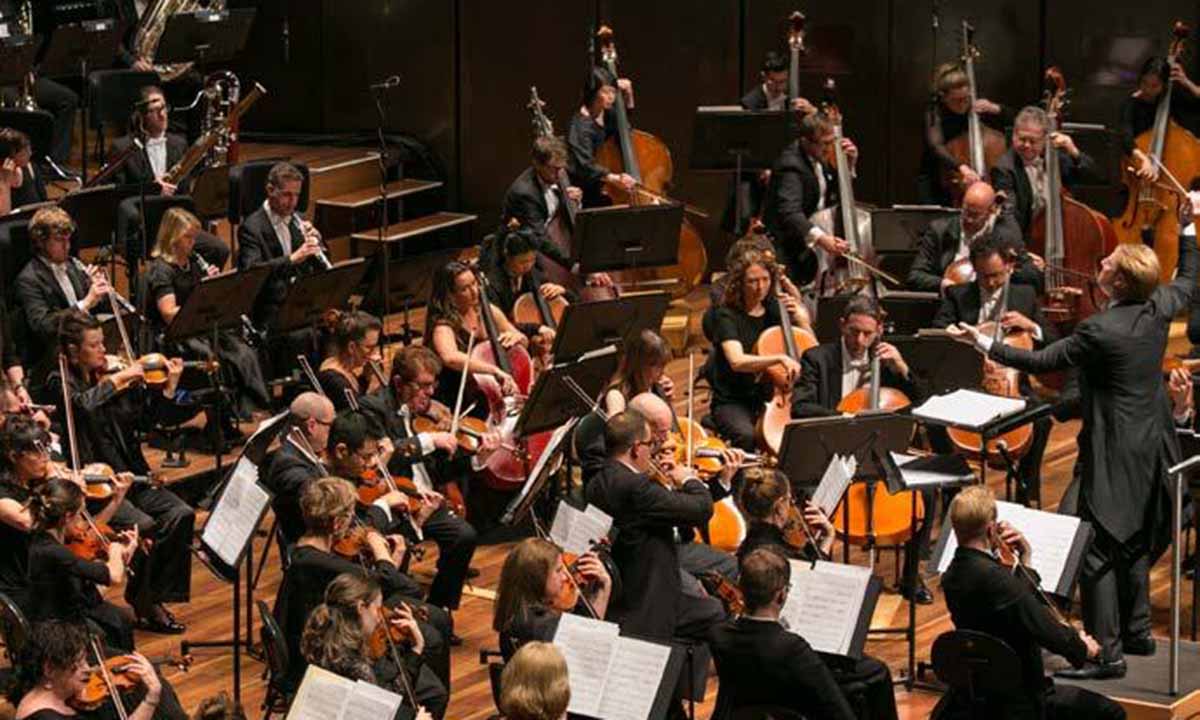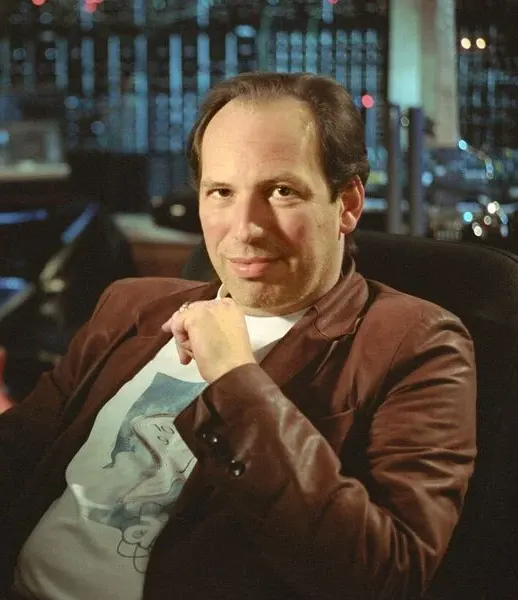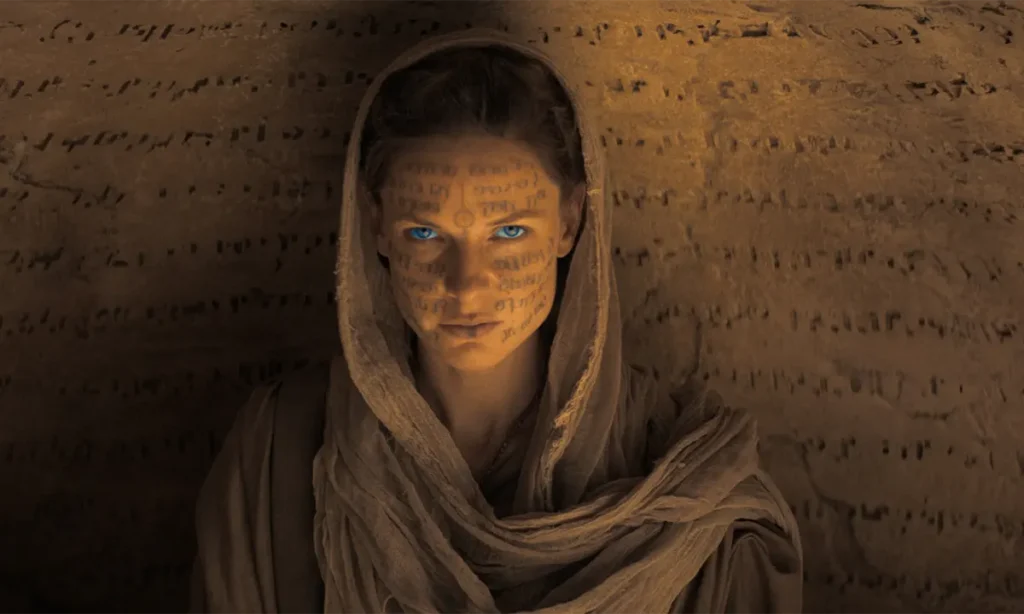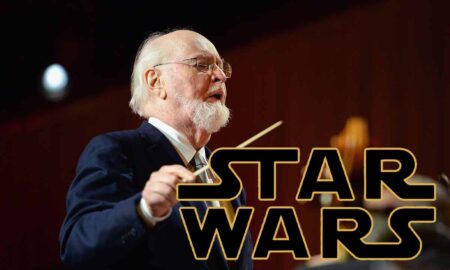When discussing film music, Hans Zimmer stands out as one of the most inventive composers of our time. His scores have defined entire film genres and elevated narratives. While he’s known for a wide range of iconic works, from “The Lion King” to “Inception,” his recent efforts on Dune showcase him at the peak of his creative power. The Dune franchise is more than just a job for Zimmer, it’s a labor of love—one that finds inspiration in unusual places, even local hardware stores like Home Depot.
- The Unfinished Story of Dune: Part One
- Musicians Who Shape the Score
- Technology Meets Emotion: Unusual Instrumentation
- Collaborators: The Heart of the Score
- Home Depot: A Secret Weapon in Instrument Building
- Capturing the Desert’s Heartbeat
- Female Power in Rhythm
- A Legacy of Collaboration: Steve Mazzaro and Richard King
- What’s Next for Zimmer?
- Final Thoughts
Scoring Dune: Part Two reveals Zimmer’s process in an amazing new light. He doesn’t just compose; he crafts entire soundscapes from scratch, drawing from a deep well of talent and unconventional creativity.
The Unfinished Story of Dune: Part One
The journey began at the conclusion of Dune: Part One. After it was released, Zimmer wasn’t done—he continued to write and experiment long after. The second part hadn’t even been greenlit, but that didn’t stop him. “We’re only on page 156 of roughly 600 pages,” he recalls saying. This wasn’t a project he could easily walk away from. And while the studio said the movie was out and it was time to stop working, Zimmer felt differently. For him, the story wasn’t over.

In fact, Zimmer had so much faith in the world of Dune that he just kept going, crafting music for the inevitable Part Two. He even composed a brand new theme, adding to the already rich sound of the Dune universe, despite not knowing if the film would ever materialize. His intuition and dedication ultimately paid off when the sequel was greenlit, and he was ready with fresh ideas.
Musicians Who Shape the Score
For the musical fabric of Dune, Zimmer tapped into a network of extraordinary, often unconventional, players. Take Tina Guo, for example. She’s Zimmer’s trusted cellist, known for her ability to switch effortlessly from delicate, classical tones to ferocious, explosive power. Guo’s contributions shaped some of Zimmer’s earlier work for Wonder Woman, and she continues to elevate the soundscape of Dune with her electric cello performance.
Another standout is guitarist Guthrie Govan. Zimmer first came across him on Facebook and YouTube, recognizing his talent long before anyone else did. But it wasn’t easy to convince Guthrie that this wasn’t just some random admirer messaging. Once convinced it really was Zimmer reaching out, Guthrie jumped at the opportunity to work on something truly groundbreaking.

Much of the score for Dune originates from the talents Zimmer keeps close, from influences old and new, creating a distinctive meld of technology and artistry.
Technology Meets Emotion: Unusual Instrumentation
Zimmer’s score for Dune pushed beyond traditional instruments, toying with revolutionary musical tools. One of the most fascinating aspects of the score’s development was incorporating a keyboard, the Osmose, created by a group of French musicians/scientists. What’s so special about this keyboard? It’s built to emulate the emotional depth of instruments like the violin, instruments that are often envied for their ability to translate such raw, human feeling.
Zimmer isn’t just about musical tones, he’s about storytelling through sound, constantly searching for ways to express emotion. The Osmose allowed him to do things a normal keyboard couldn’t, enabling more expressive phrasing that’s typically reserved for string instruments.
The creative spirit didn’t stop there. Zimmer worked with Chas Smith, who took things even further by crafting experimental instruments from scrap metal. These are no ordinary instruments. They make eerie, otherworldly sounds, perfect for the soundscape of Dune. Smith’s creations remind us of the vast, shifting sands of Arrakis, their tones blending seamlessly into Zimmer’s overall vision.
Collaborators: The Heart of the Score

One of the key elements of Zimmer’s scores is the incredible talent of the musicians he works with. His work isn’t about assembling giant orchestras—it’s about bringing together virtuoso musicians whose artistry carries the score. For Dune, these aren’t merely hired hands performing sheet music. These players contribute their own unique energies and take risks, pushing boundaries as Zimmer asks them to create sounds that haven’t been heard before.
Among the key players Zimmer brought on board were:
- Guthrie Govan: A virtuosic guitarist who Zimmer discovered on YouTube and social media, eventually convincing him to join the project.
- Tina Guo: A cellist with a remarkable range, from gentle and proper to a “banshee”-like intensity, who Zimmer had worked with on the Wonder Woman score.
- Loire Cotler: A singer with an extraordinary voice that Zimmer describes as being “right at the limit of where she will never ever be able to sing again,” providing the haunting vocals heard in the first Dune film.
One central figure in Dune’s score is vocalist Loire Cotler, whose extraordinary voice serves as the core connecting much of the music. Cotler’s voice embodies raw emotion, testing the limits of her abilities to craft haunting, nearly otherworldly sounds, like those of the desert sands that define much of Dune’s aesthetic.
Zimmer finds Cotler’s willingness to push herself to the edge—in her own words, “right at the limit of where she will never be able to sing again”—a key ingredient in the wild sound of the Dune score. This daring, this drive to reach beyond the comfortable, personifies the challenges Zimmer presented to everyone involved.
Home Depot: A Secret Weapon in Instrument Building
Perhaps one of the more surprising revelations is where Zimmer sourced some of his inspiration and even parts of his instruments—Home Depot. Yes, the hardware store became their go-to supplier for creating custom, extended instruments. Whether they needed longer flutes or modified tools to craft new sounds, Zimmer’s team transformed everyday materials into an essential part of the score.
The story of Home Depot as a resource adds a layer of resourcefulness and ingenuity to the score’s production, highlighting Zimmer’s commitment to breaking down the barriers of traditional music composition.
Capturing the Desert’s Heartbeat
At its core, Dune is about the desert—this untamable, expansive emptiness. Zimmer knew that the environment itself was a character in the film, and capturing that stillness and space became crucial to his score.
By focusing on the idea of “nothing,” Zimmer succeeded in turning atmospheric spaces—silence, wind, or even the movement of sand—into powerful musical moments. When discussing one key scene, titled The Quiet Between the Storms, Zimmer reflects how he slowed down a fast-paced bagpipe tune to an almost crawl. This tempo shift made the scene feel like gazing endlessly across a barren world.
Female Power in Rhythm

The strength of Dune stems not only from its storyline but from the empowerment of its characters. And this theme of power is felt throughout the percussion, all played by a team of fierce female percussionists. Zimmer’s choice to employ these incredible artists wasn’t incidental. Women contributing strong, hard-hitting percussion to the score echo the female power themes laced through Dune.
Zimmer worked with these percussionists to define energetic actions scenes and layers of rhythm. From intense battle sequences to the quiet moments of tension, these players were vital in articulating the sheer momentum of the plot.
A Legacy of Collaboration: Steve Mazzaro and Richard King
Longtime collaborator and sound designer, Richard King, played an equally critical role in shaping the sound palette for Dune: Part Two. Zimmer describes King as “the god of sound designers,” lauding his creativity and inventiveness. The two have a longstanding partnership, built on mutual respect and collaboration that lets both the sound design and score shine in harmony without overwhelming each other.
Then there’s Steve Mazzaro, a composer Zimmer discovered purely by accident. It was Mazzaro’s take on one of Zimmer’s own tracks that caught his ear. The result? Zimmer invited him on board, and Mazzaro became an integral part of the creative process. Luckily, Zimmer caught him just as he was about to leave Los Angeles, offering him a lifeline that has paved the way for some of the best parts of the Dune score.
What’s Next for Zimmer?
During the filming of Dune: Part Two, Zimmer found a copy of Dune Messiah on his desk—left by director Denis Villeneuve. This unspoken gesture hints at more to come in the Dune saga. Unsurprisingly, Zimmer is already emotionally invested, dreaming of further discoveries in the Dune world. The storytelling journey continues, with more sonic landscapes to explore.
Final Thoughts
The impact of Hans Zimmer’s scores cannot be overstated, and his work on Dune: Part Two proves just how far his commitment to storytelling can go. From sculpted custom instruments sourced from Home Depot to collaborations with world-class musicians, the score is a testament to Zimmer’s tireless creativity and his refusal to be confined by musical norms.
Zimmer’s scores don’t just enhance films—they elevate the entire watching experience, making the unseen visible through sound. As we look forward to what comes next, one thing is certain: Hans Zimmer’s approach to music will continue to reshape what we think a film score can do.




